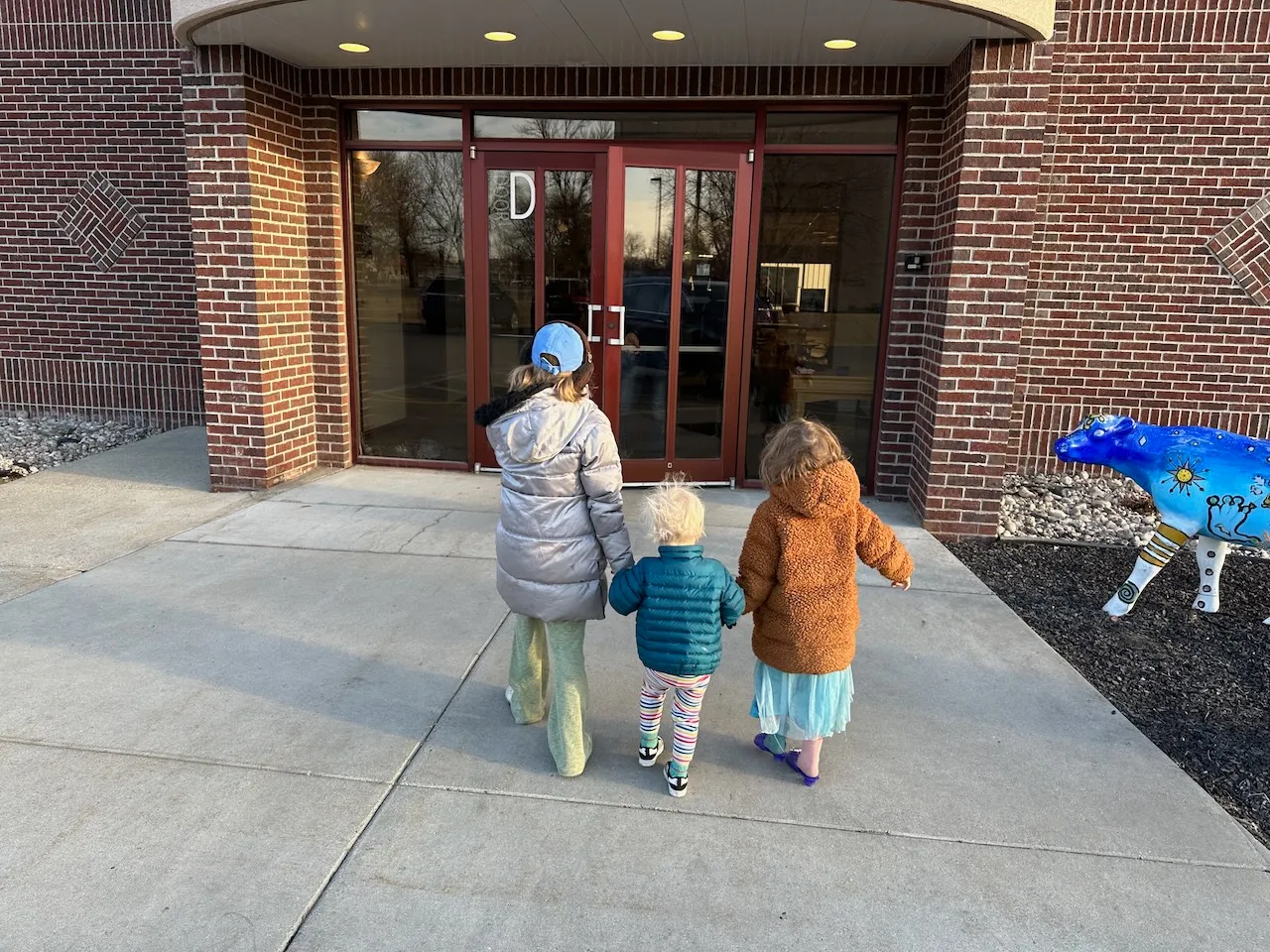Decentralized Research - Leveraging Web3 Communities for Academic Research
Web3 can make academic research more impactful and more quickly integrated into the public discourse. A new project at Stanford shows one path.

Table of Contents
Web3 enables collaboration. This means new software can be built, new communities can form, and academic research can increase participation.
Universities now see the potential.
The University of Arizona just announced a research project in collaboration with the Ed3DAO to study the intersection of education and web3.
Are you interested in Web3 + education?
— Ed3DAO (@Ed3DAO) September 29, 2022
We’re guessing the answer is a resounding YES. The @uarizona & Ed3DAO have partnered to study exactly that. For more info on the study & how to participate, visit https://t.co/j4DxfU14hQ (this research has been approved by the UArizona IRB) pic.twitter.com/dp9gu1D2mu
Stanford University’s Institute of Design (d.school) is exploring the potential of web3 communities as a source of generating and disseminating research-based tools, especially around their research in navigating ambiguity. They are currently accepting proposal here and will fund the best ideas.
Navigating Ambiguity with the Help of Web3
The ability to navigate ambiguity is a core design ability championed by the d.school. Dr. Leticia Britos Cavagnaro, an adjunct professor and program director at the d.school has led the development of a novel assessment tool to measure attitude towards ambiguity.
Dubbed DANI (d.school Ambiguity Navigation Instrument), it is a series of 20 Likert scale questions that give respondents an assessment of their attitude and skills related to navigating ambiguity, which can foster self-reflection and provide guidance to develop skills and strategies to productively navigate ambiguity.
The team is currently conducting a research study to validate the instrument, finding correlations between the scores obtained from taking the assessment and outcomes that are not self-reported (which may include, but not limited to, grades).
This research-based tool is designed to be used. Instead of merely being described in an academic paper, the vision is to create a resource that can be shared and utilized broadly. What better way to create a tool used to measure ambiguity than exploring how web3 could help this work!
To make a resource based on the research, the project is seeking support in three areas:
- Answer collection and report design - Providing a delightful and seamless way to answer the questionnaire and receive a dynamically-generated report.
- Data Insights - Mining for patterns and insights from a growing dataset of answers that (re)contextualize individual results and can be shared back broadly to contribute to collective intelligence about the future of learning. Machine learning may be necessary here.
- Visualizing the Data - Sharing collected data in a joyful, evocative and visual way that makes the findings understandable and fun. An inspiration is Jonathan Harris and Sep Kamvar’s We Feel Fine project described in this talk.
While the project is improving research and resources around ambiguity, its true power may be its integration with web3.
By reaching out to decentralized communities, this project shows one way to attract talent for future academic projects. A successfully decentralized research and dissemination process could mean more ideas better distributed into the world. In short, web3 could make academic research more impactful and more quickly integrated into the public discourse.
Stanford is welcoming people to apply to participate in one or more of the areas. In the proposal, applicants can propose compensation appropriate for their contribution. Applicants can apply here and help create a future model of academic research.
The Decentralized Academic Future
The future of science and education is open. The University of Arizona, Stanford and surely others are starting to explore DAOs for open research. While this research and dissemination path may be ambiguous, Stanford's project and future efforts could clarify the power of decentralization to create and share knowledge.
Scott David Meyer Newsletter
Join the newsletter to receive the latest updates in your inbox.



